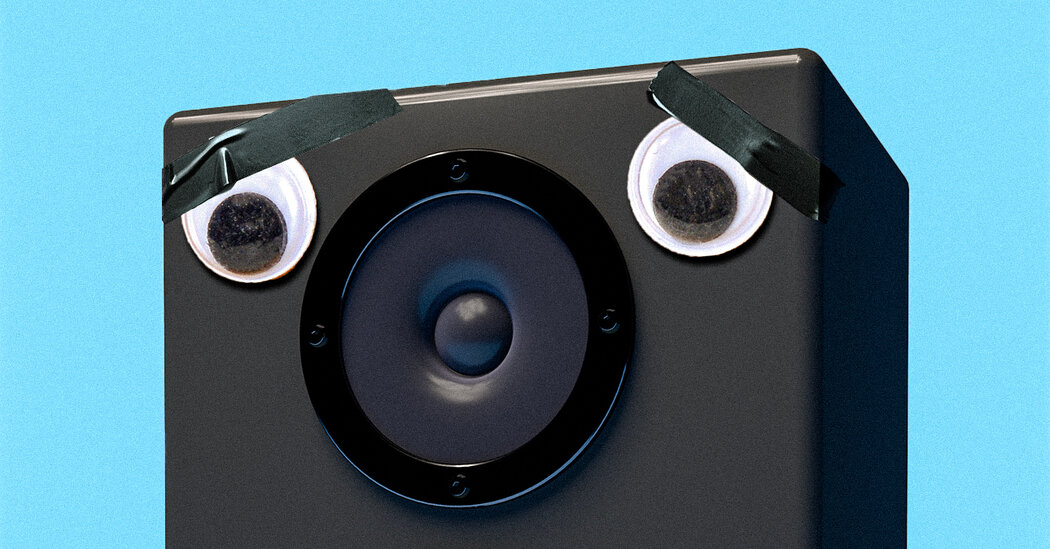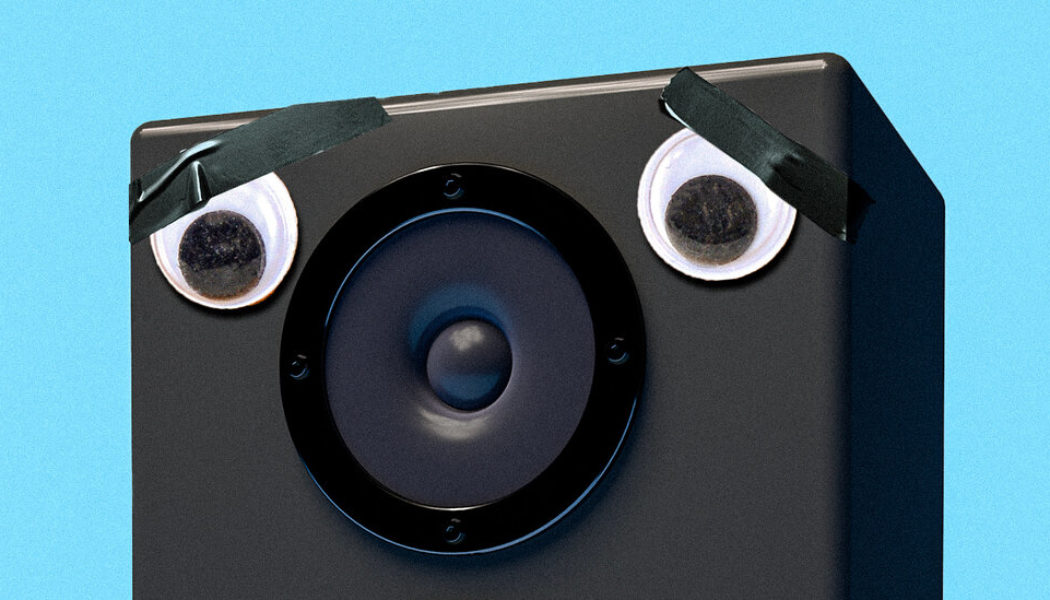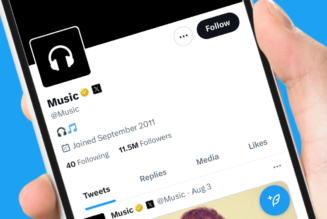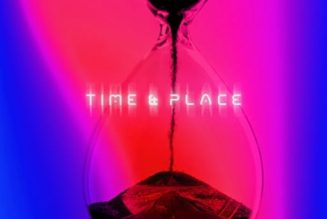
When Joshua Knobe was younger, he knew an indie rock musician who sang sorrowful, “heart-rending things that made people feel terrible,” he recalled recently. At one point he came across a YouTube video, set to her music, that had a suicidal motif. “That was the theme of her music,” he said, adding, “So I had this sense of puzzlement by it, because I also felt like it had this tremendous value.”
Listen to This Article
This is the paradox of sad music: We generally don’t enjoy being sad in real life, but we do enjoy art that makes us feel that way. Countless scholars since Aristotle have tried to account for it. Maybe we experience a catharsis of negative emotions through music. Maybe there’s an evolutionary advantage in it, or maybe we’re socially conditioned to appreciate our own suffering. Maybe our bodies produce hormones in response to the fragmentary malaise of the music, creating a feeling of consolation.
Dr. Knobe is now an experimental philosopher and psychologist at Yale University — and is married to that indie rock musician who sang those heart-wrenching songs. In a new study, published in the Journal of Aesthetic Education, he and some colleagues sought to tackle this paradox by asking what sad music is all about.
Over the years, Dr. Knobe’s research has found that people often form two conceptions of the same thing, one concrete and one abstract. For example, people could be considered artists if they display a concrete set of features, like being technically gifted with a brush. But if they do not exhibit certain abstract values — if, say, they lack creativity, curiosity or passion and simply recreate old masterpieces for quick profit — one could say that, in another sense, they are not artists. Maybe sad songs have a similarly dual nature, thought Dr. Knobe and his former student, Tara Venkatesan, a cognitive scientist and operatic soprano.
Certainly, research has found that our emotional response to music is multidimensional; you’re not just happy when you listen to a beautiful song, nor simply made sad by a sad one. In 2016, a survey of 363 listeners found that emotional responses to sad songs fell roughly into three categories: grief, including powerful negative feelings like anger, terror and despair; melancholia, a gentle sadness, longing or self-pity; and sweet sorrow, a pleasant pang of consolation or appreciation. Many respondents described a mix of the three. (The researchers called their study “Fifty Shades of Blue.”)
Given the layers of emotion and the imprecision of language, it’s perhaps no wonder that sad music lands as a paradox. But it still doesn’t really explain why it can feel pleasurable or meaningful.
Some psychologists have examined how certain aspects of music — mode, tempo, rhythm, timbre — relate to the emotions listeners feel. Studies have found that certain forms of song serve nearly universal functions: Across countries and cultures, for instance, lullabies tend to share similar acoustic features that imbue infants and adults alike with a sense of safety.
“All our lives we’ve learned to map the relationships between our emotions and what we sound like,” said Tuomas Eerola, a musicologist at Durham University in England and a researcher on the “Fifty Shades” study. “We recognize emotional expression in speech, and most of the cues are used similarly in music.”
Other scientists, including Patrik Juslin, a music psychologist at Uppsala University in Sweden, argue that such findings clarify little about the value of sad music. He wrote in a paper, “They simply move the burden of explanation from one level, ‘Why does the second movement of Beethoven’s Eroica symphony arouse sadness?’, to another level, ‘Why does a slow tempo arouse sadness?’”
Instead, Dr. Juslin and others have proposed that there are cognitive mechanisms through which sadness can be induced in listeners. Unconscious reflexes in the brain stem; the synchronization of rhythm to some internal cadence, such as a heartbeat; conditioned responses to particular sounds; triggered memories; emotional contagion; a reflective evaluation of the music — all seem to play some role. Maybe, because sadness is such an intense emotion, its presence can prompt a positive empathic reaction: Feeling someone’s sadness can move you in some prosocial way.
“You’re feeling just alone, you feel isolated,” Dr. Knobe said. “And then there’s this experience where you listen to some music, or you pick up a book, and you feel like you’re not so alone.”
To test that hypothesis, he, Dr. Venkatesan and George Newman, a psychologist at the Rotman School of Management, set up a two-part experiment. In the first part, they gave one of four song descriptions to more than 400 subjects. One description was of a song that “conveys deep and complex emotions” but was also “technically very flawed.” Another described a “technically flawless” song that “does not convey deep or complex emotions.” The third song was described as deeply emotional and technically flawless, and the fourth as technically flawed and unemotional.
The subjects were asked to indicate, on a seven-point scale, whether their song “embodies what music is all about.” The goal was to clarify how important emotional expression in general — of joy, sadness, hatred or whatever — was to music on an intuitive level. On the whole, subjects reported that deeply emotional but technically flawed songs best reflected the essence of music; emotional expression was a more salient value than technical proficiency.
In the second part of the experiment, involving 450 new subjects, the researchers gave each participant 72 descriptions of emotional songs, which expressed feelings including “contempt,” “narcissism,” “inspiration” and “lustfulness.” For comparison, they also gave participants prompts that described a conversational interaction in which someone expressed their feelings. (For example: “An acquaintance is talking to you about their week and expresses feelings of wistfulness.”) On the whole, the emotions that subjects felt were deeply rooted to “what music is all about” were also those that made people feel more connected to one another in conversation: love, joy, loneliness, sadness, ecstasy, calmness, sorrow.
Mario Attie-Picker, a philosopher at Loyola University Chicago who helped lead the research, found the results compelling. After considering the data, he proposed a relatively simple idea: Maybe we listen to music not for an emotional reaction — many subjects reported that sad music, albeit artistic, was not particularly enjoyable — but for the sense of connection to others. Applied to the paradox of sad music: Our love of the music is not a direct appreciation of sadness, it’s an appreciation of connection. Dr. Knobe and Dr. Venkatesan were quickly on board.
“I’m a believer already,” Dr. Eerola said when he was alerted to the study. In his own research, he has found that particularly empathetic people are more likely to be moved by unfamiliar sad music. “They’re willing to engage in this kind of fictional sadness that the music is bringing them,” he said. These people also display more significant hormonal changes in response to sad music.
But sad music is layered — it’s an onion — and this explanation prompts more questions. With whom are we connecting? The artist? Our past selves? An imaginary person? And how can sad music be “all about” anything? Doesn’t the power of art derive, in part, from its ability to transcend summary, to expand experience?
One by one, the researchers acknowledged the complexity of their subject, and the limitations of existing work. And then Dr. Attie-Picker offered a less philosophical argument for their results: “It just feels right,” he said.
Audio produced by Adrienne Hurst.









